
Healthcare organizations must know in order to be successful, you need a diverse workforce. The key to success in this area is retaining that staff and knowing how to defuse conflicts. This is especially true in settings like hospitals, where mistakes can mean life or death.
Poor communication is one of the leading causes of medical errors, according to the Joint Commission. Medical errors are the 3rd leading cause of death in the United States—right after heart disease and cancer, and it’s more prevalent than respiratory ailments, stroke and Alzheimer's disease—according to a study out this year from The BMJ. Author Martin Makary, MD, of Johns Hopkins University, and colleagues estimate that 251,000 Americans die each year from such mistakes. Some instances have nothing to do with interpersonal conflict, but employees at odds with one another are less likely to spend time making sure they understand each other during crucial events like a patient hand-off.
Dianne Austin, workforce diversity program manager at Massachusetts General Hospital, told Healthcare Dive, creating robust support networks is key to helping employees identify and deal with tension or potential discrimination from other employees. They also need to be able to talk freely with others who may be in similar situations. “There’s a lot that we do to really try to help employees feel that they have a voice and that they’re important,” she said.
How conflict happens
Susan Woods, a workplace consultant, says there are a few major dynamics in diversity-related conflict, including respect and disrespect, as well as recognition and identity.
1) Respect and Disrespect
Disrespect may be gross and blatant, but it is also subtle, communicated in the little
ways someone is told they don’t belong, are not good enough, are not expected to
achieve, or that they can be overlooked and don’t count.
Remarks like the ones below convey messages about respect.
“Not a bad job, for a woman.”
“You don’t have to worry about your appointment. You’re a minority.”
“That company is very traditional. I’m surprised they even hired you.”
A reasonable person could interpret disrespect in each of these messages. The
harmful message may be unintended and unrecognized by the offending party, even
as it is deeply felt by the offended party.
When disrespect is communicated in unintended and unconscious ways, bringing
this perspective to the surface creates an opening for learning and improved
relations. Regardless of how the incident in question is settled, failure to understand
the dynamics of respect and disrespect from more than one perspective perpetuates
the underlying conflict.
2) Recognition and Identity
A second dynamic often present in diversity-related conflict resolution is
recognition and identity. Recognition and identity are complicated dynamics, full of
opportunity for misunderstanding and tension. These may have a negative effect,
but may not have been communicated with consciously malicious intent.
We hear it below:
“I’m always asked to be in the photo or meet with visitors because I’m one of the few people of color
they have. It has nothing to do with my accomplishments.”
“I hope you’re not asking me to take the minutes because I’m the only woman in the group.”
“You’re not like the others. I feel I can talk with you.”
“Those people …”
The old days of the “great melting pot,” where everyone was expected to conform
to the dominate group, are gone. Hopefully, we’ve moved past assimilation to
realize that inclusion is about recognizing diverse identity. It’s about understanding
individuals as unique persons and, at the same time, as members of groups.
Either/or logic is misleading. This is a both/and phenomenon. The ambiguity can
be unsettling, especially when the challenge is so deeply personal and emotional as
with identity.
Research shows that conflict can be frequent in healthcare organizations because of the high workload volumes, pressures to move quickly and the importance of decisions being made. These conflicts can affect companies in many ways, including high staff turnover rates, reduced productivity and litigation costs.
Dealing with conflicts
The best processes start early and attempt to prevent conflict. Austin said Massachusetts General has an orientation where new employees attend a program on diversity and inclusion and learn about various resources available to employees, such as a citizenship program, careers days and school admissions officers. There are also multiple staff committees focused on improving diversity and inclusion.
Healthcare managers can help ease conflict by listening carefully to employees, quickly addressing the source of the problem, instituting strict and clear policies and educating staff about those policies, she wrote.
Massachusetts General has multiple ways for an employee to bring any concerns to light, including an anonymous hotline, Austin said. The HR department will review whatever is submitted and the relevant department head is told the details. “We really try to pull managers and the appropriate people in so we can get to the bottom of it based on the information provided,” she said.
Sometimes, the problem starts with a patient who refuses to be cared for by a certain nurse or doctor, and may use racial slurs or other inappropriate language. The nurse manager will respond and tell the patient all providers are equally trained and capable. The patient is then told they can go to another hospital if they will not be respectful to all employees. The affected employee can decide whether or not to continue working with the patient.
Diversity is needed at higher ranks
Diversity and inclusion efforts should reach all the way up the ranks to the executives, making sure their C-suites and boardrooms are also diverse and reflective of the surrounding community.
The American Hospital Association's Institute for Diversity in Health Management released a comprehensive report titled Diversity and Disparities: A Benchmarking Study of U.S. Hospitals in 2015. The results of the survey were not exactly positive. In fact, the survey found that minority representation on healthcare boards across this nation stood at just 14%—precisely the same percentage reported in a similar survey two years earlier and a similar study conducted in 2011.
Deborah Bowen, president of the American College of Healthcare Executives said the best ways to remedy poor diversity in C-suites is to start cultivating a diverse group of people who have an interest in leadership early on in their careers. Post-graduate fellowship programs and scholarship for mid-level executives can be helpful. Hospitals should provide leadership development and training as well as other career resources, she said.
“It’s a matter of finding mentors, for example,” she said. “Have a mentorship network to find somebody who has gone through something similar.”
The diversity of people in the US has changed considerably. As stated at the beginning of this article, our hospital and healthcare system employees need to reflect their patient population at all levels within their organization(s). Sensitivity to language, cultural, sexual, and physical differences in both your staff and patients is critical for a harmonious and productive environment.





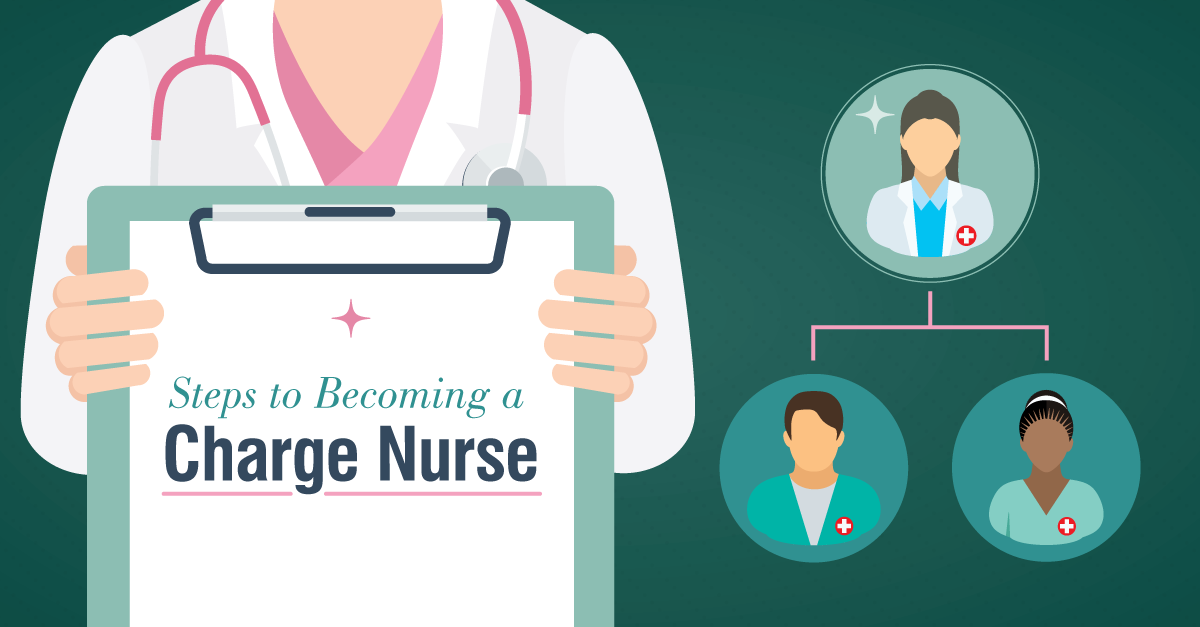 “Example is not the main thing in influencing others. It is the only thing.”
“Example is not the main thing in influencing others. It is the only thing.”


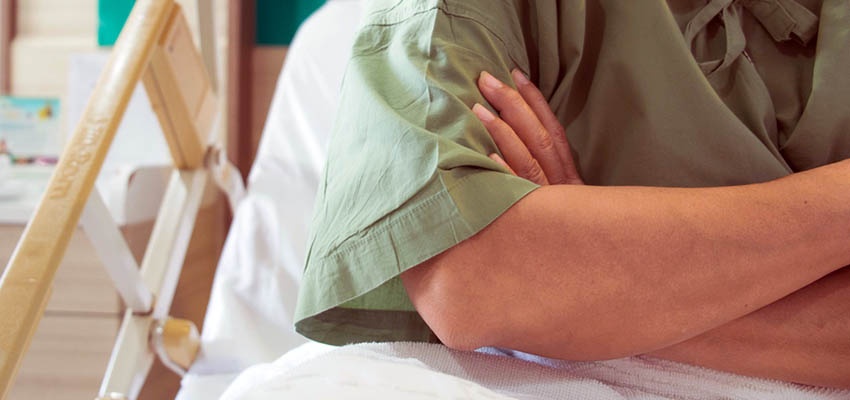 You might be a recent graduate and are worried about what to do when you get a difficult patient or maybe you are an experienced Nurse and are looking for new tips or ideas to try. We created a list of ways Nurses avoid or diffuse challenging situations with patients.
You might be a recent graduate and are worried about what to do when you get a difficult patient or maybe you are an experienced Nurse and are looking for new tips or ideas to try. We created a list of ways Nurses avoid or diffuse challenging situations with patients. Happy Summer! We hope you’re enjoying your work, perhaps some time off, the weather, and your friends and family. I received this article in my inbox and thought it was perfect for you, our Nursing community, because it’s about how we approach our work and life. It’s about our principles, being appreciated, having balance in our life and more. Sometimes you just need to read something that makes sense and makes you feel good. Enjoy!
Happy Summer! We hope you’re enjoying your work, perhaps some time off, the weather, and your friends and family. I received this article in my inbox and thought it was perfect for you, our Nursing community, because it’s about how we approach our work and life. It’s about our principles, being appreciated, having balance in our life and more. Sometimes you just need to read something that makes sense and makes you feel good. Enjoy!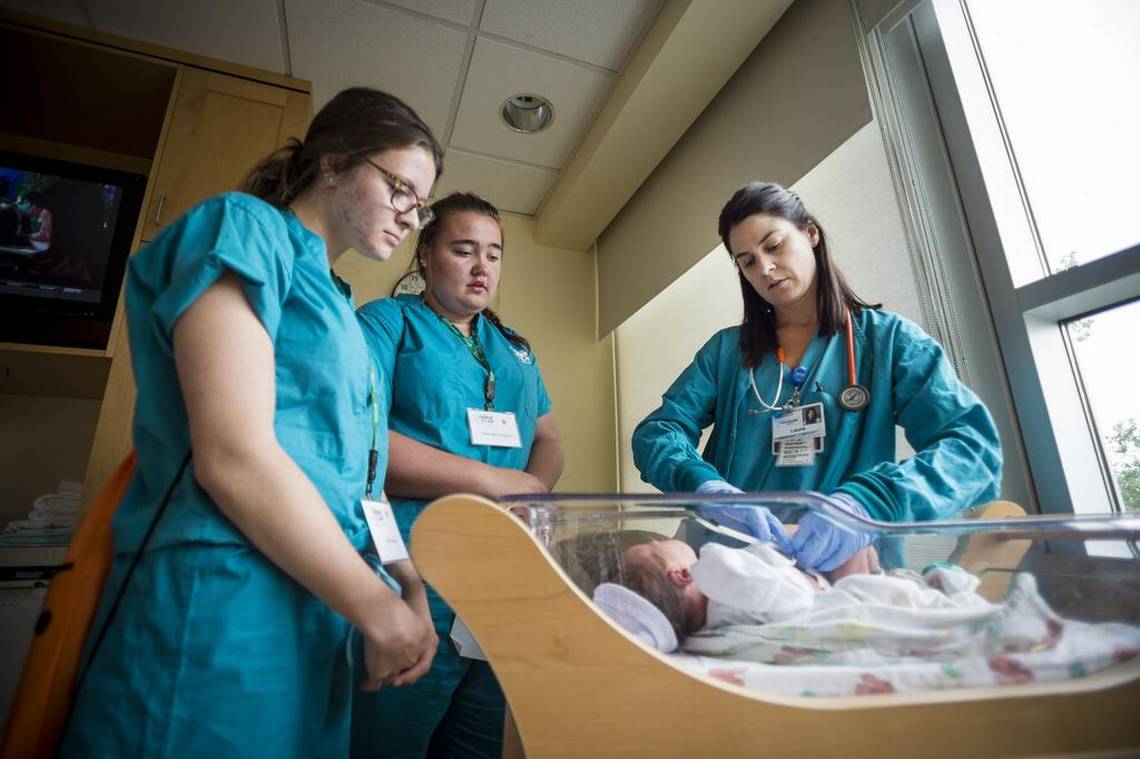 For 14 years, MultiCare hosts a week-long Nurse Camp in the Summer for students who want to work in the medical field. Since there will be a growing demand for Nurses as baby boomers retire and leave the field, this program helps students get a head start on experience and learning.
For 14 years, MultiCare hosts a week-long Nurse Camp in the Summer for students who want to work in the medical field. Since there will be a growing demand for Nurses as baby boomers retire and leave the field, this program helps students get a head start on experience and learning. Hyden, KY --
Hyden, KY -- 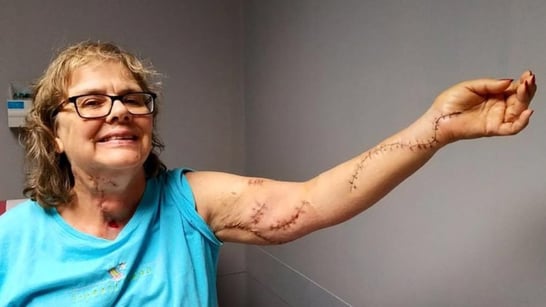 Nurse Elise Wilson was in critical but stable condition after being stabbed by a patient at Harrington Hospital in Southbridge last month. Nurses aren't "expecting to encounter violence but they do, every single day of the week," said Elise's husband,
Nurse Elise Wilson was in critical but stable condition after being stabbed by a patient at Harrington Hospital in Southbridge last month. Nurses aren't "expecting to encounter violence but they do, every single day of the week," said Elise's husband, 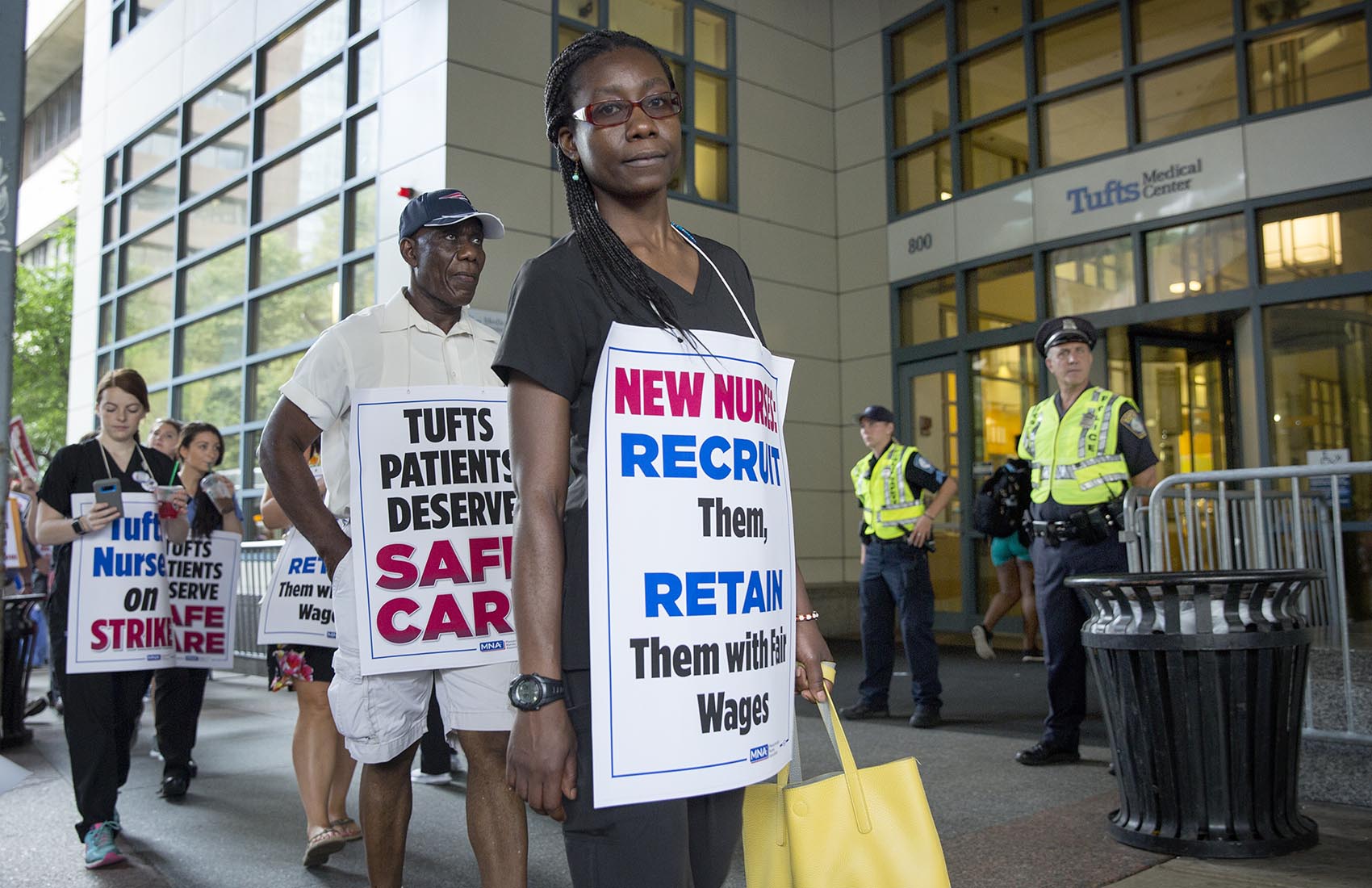 For many reasons, it’s always sad to hear about Nurses going on strike. You are the most dedicated and caring people we know, so for Nurses to call a strike, things have to be pretty bad. We’re saddened to share the news that the Nurses at Tufts Medical Center went on strike today.
For many reasons, it’s always sad to hear about Nurses going on strike. You are the most dedicated and caring people we know, so for Nurses to call a strike, things have to be pretty bad. We’re saddened to share the news that the Nurses at Tufts Medical Center went on strike today.